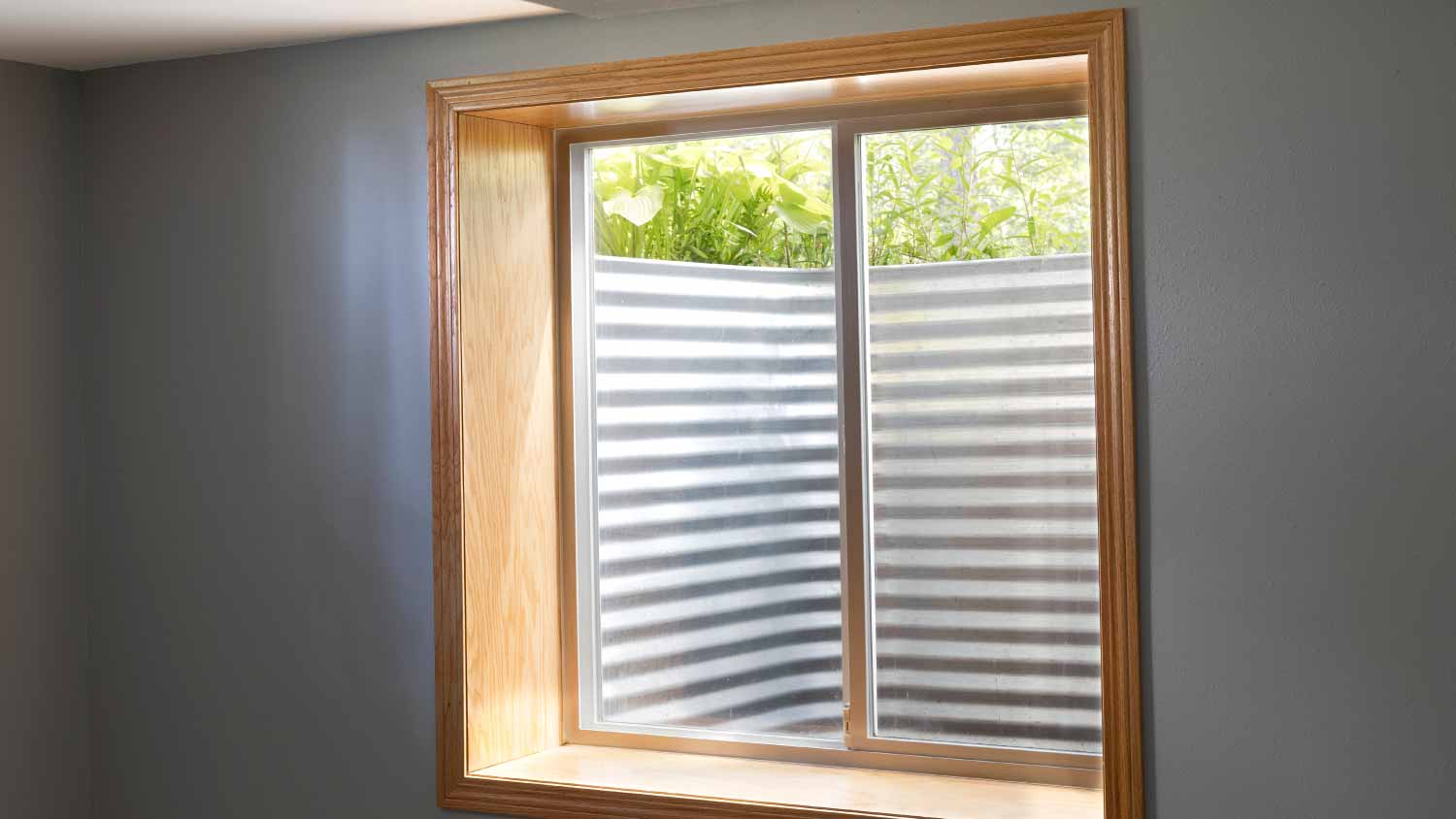
Window repair costs in Columbus, Ohio, depend on several pricing factors, including the type and size of the repair it needs and the window itself.
Bringing steel windows to their former beauty is worth the effort


Steel is an excellent material for window replacements due to its durability and longevity. But if you live in a coastal climate or somewhere that sees a lot of moisture, you run the risk of your steel windows getting corroded with rust. Want to reverse the harm of such environmental factors on your windows? Here’s how to tackle steel casement window restoration.
Using a scrub brush and a bucket of soapy water, lather up the entire window and scrub down the frame and juncture between the frame and the glass. There often is a rubber seal along this interface that you’ll want to clean thoroughly before starting repairs, and if your steel window is older, this area is likely filled with painter’s putty or glazing that also needs to be cleaned before starting the restoration.
The second thing you’ll want to do before getting down to business on your steel casement windows restoration is create a clean line along the transitional area between the glass and the seal, which will be either rubber or glaze. Using a brand new single-edged razor blade for each window, carefully scrape away the old paint or glazing to create as straight a line as possible.
Doing the proper prep work prior to other steps will help guide your work by breaking off the extra loose material and exposing the surfaces that you’ll need to fix. It also is helpful for when you’re priming and painting, as it’ll create a fresh edge for your brush to drag along.
If you’re working with a more modern window, the weather seal that exists inside the barrier between the frame and glass is probably rubberized. In this case, find a siliconized caulking material that most closely matches the end result of the paint color you’re choosing for the windows and squeeze a thin bead into the gap where it’s missing.
Cutting about 1/8 of an inch from the tip of the caulking tube at a 45-degree angle with a razor blade is a good way to control your flow and keep things tidy, as is keeping a wet rag or roll of paper towels nearby. If your steel windows are historic, they’ll have a glazing at the interface. This is a semi-malleable product that is used because it is soft like cookie dough when being worked with and hardens into a rock-like consistency when it dries.
Shape the glazing into manageable ropes—about 3/4 inches in diameter—and apply to the gap. You can use a putty knife to mash it in and create a fine, even surface or use a glazing knife like the professionals. The key here is to only use enough glazing for each section as you go to ensure that you’re creating a tight weatherseal between the glass and the steel.
Iron and steel windows require a different primer than wood or vinyl so you’ll want to use a red oxide-based material to coat the raw metal. This product is designed to prevent rust by converting the corrosion to a non-inert state. It’s also oil-based, so use basic safety precautions like gloves to keep it from coming into contact with your skin. Cleanup protocol for this type of primer requires the use of a mineral spirit or paint thinner that you’ll need to properly dispose of.

After you remove all of the loose material, sanded or otherwise prepared the window frames, and applied a steel-specific primer to the entire window, it’s time to put the cherry on top and paint it your desired color. Using a high-quality exterior paint, carefully cut in the edges where the frame meets the glass and float a tiny bead of paint onto the glass to create a watertight seal. Applying two coats of finish paint is standard operating procedure.
Steel windows have slides that need to be periodically maintained, and your window sash will only glide open smoothly if it’s been properly lubricated. Using a petroleum jelly or similar lubricant, grease the area along the slide at least every other year to keep up with degradation or potential rust.
It’s easy to forget about doing regular chores like adding a fresh coat of paint on an exterior surface, but for metal in particular, it’ll quickly turn into a major and costly project if you neglect your steel frames. Re-coating your steel windows every three to five years will eliminate the need to do the hard work of restoring old windows that will be necessary once the material starts to rust and decay. Clean the windows really well before doing the retouch and simply apply a new layer of your desired topcoat as part of the routine.
If you’re not up to tackling this window restoration project yourself, call a local window repair company to help with the job.
From average costs to expert advice, get all the answers you need to get your job done.

Window repair costs in Columbus, Ohio, depend on several pricing factors, including the type and size of the repair it needs and the window itself.

Wooden windows elevate a home’s curb appeal and have a lifespan of up to 45 years. Learn about the cost of wooden windows and how to get an estimate.

Window replacement enhances your home's appearance and helps to maintain a consistent indoor temperature. Discover the cost of window replacement in Columbus.

Find out the egress window dimensions required for bedrooms, basements, and attics, according to International Building and Residential Codes.

Whether it's cracked, drafty, or just won't open all the way, who do you call to fix a broken window? Let's talk about the best pros for the job and who to call as a backup.

There are seven types of casement windows most commonly used in homes, including single, double, push-out, and more. Read this to learn about each type.